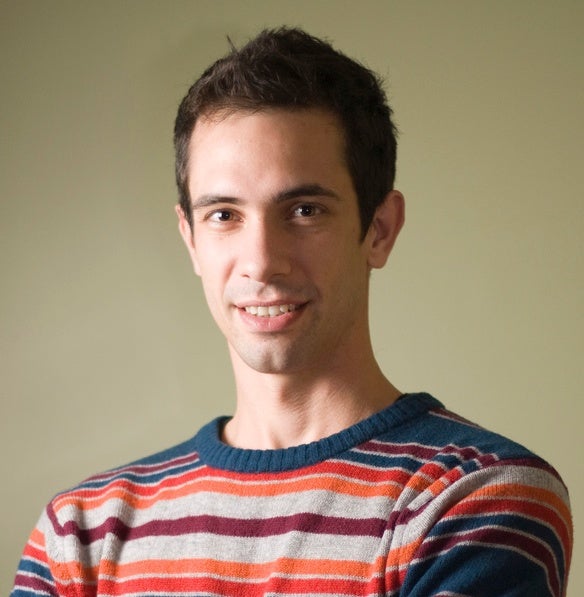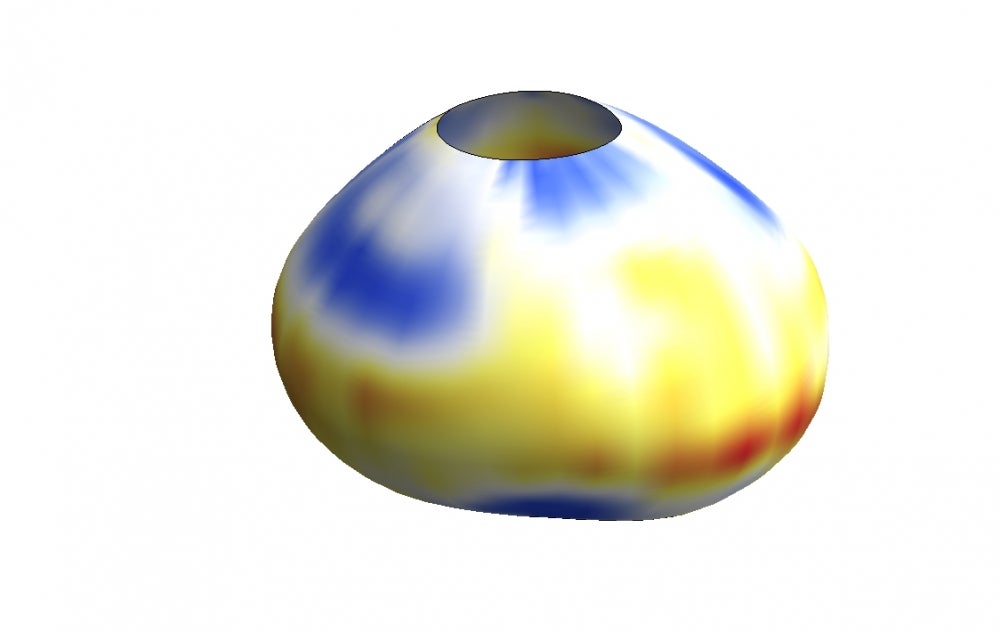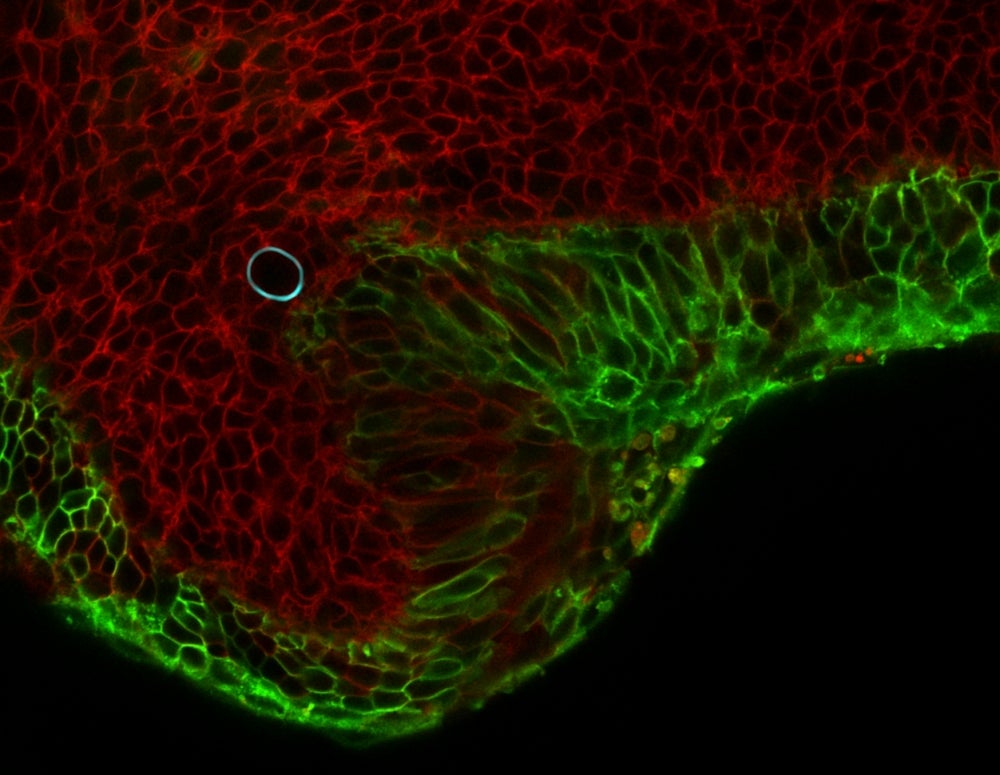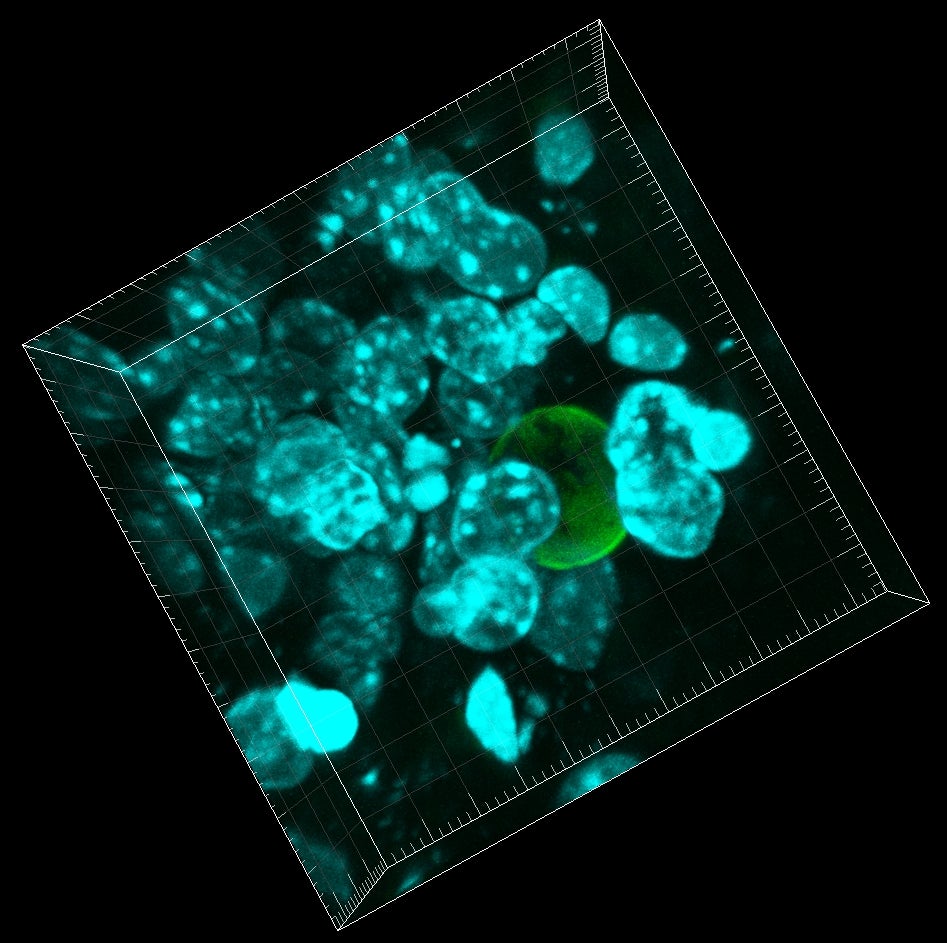The Mechanics of Life

An interdisciplinary research team formed by Otger Campàs, assistant professor in the Department of Mechanical Engineering at the University of California, Santa Barbara (UCSB), and colleague Jérome Gros, group leader the Department of Developmental and Stem Cell Biology at the Institut Pasteur in Paris, has received one of the prestigious 2015 Human Frontier Science Program (HFSP) Young Investigators grants.
Awarded to a select group of scientists who undergo a rigorous yearlong selection process, the highly competitive collaborative research grants fund cutting-edge scientific research under the umbrella theme of “complex mechanisms of living organisms.”
“We are very happy and thankful to be part of the select group of research teams who were awarded a young investigator grant,” said Campàs, who holds the Mellichamp Chair in Systems Biology at UCSB. He and Gros will receive $250,000 a year over three years to pursue their research into “Mechanical control of progenitor cell renewal and differentiation during vertebrate limb formation.”
For a very long time, scientists have studied how biochemical signals control the fate of cells as tissues and organs develop. The formation of cartilage and bone during limb development is an example of this process, and most of the molecules in charge or guiding the processes that shape limbs are known. In addition to these biochemical signals, minute mechanical forces between cells influence the building of the tissue.
“Think about cells as little workers, building the tissues from the inside, generating the necessary forces to sculpt the structure properly,” said Campàs. In a similar way to biochemical signals, these mechanical forces may also affect the fates of cells during development.
Relative to the biochemical aspects of embryonic development, very little is known about how mechanical forces control the formation of limbs and the specification of cell types during their development.
“How forces play a role in vivo on the differentiation of progenitor cells has remained elusive, mainly because of lack of tools to measure and manipulate forces in living tissues,” said Gros.
Using a new technique developed by Campàs that allows to see the tiny pushes and pulls that cells exert on each other within living embryos, researchers will measure for the first time the map of forces that embryonic cells generate as they build the embryonic limbs.
“How signaling pathways biochemically control skeletal progenitor differentiation has been well characterized,” said Gros. “This project aims at identifying whether mechanical forces influence skeletal progenitor differentiation of the developing limb and how such mechanical signals connect with biochemical signals in this process.”
This research is expected to yield new information and add significant insights to the study of animal development.
“We want to know how these forces act as signals to specify cell types,” said Campàs. Not only will the research provide important fundamental data to the study of vertebrate developmental processes, the work may also prove instrumental in other related fields such as regenerative medicine, oncology and prevention of congenital defects.
The Human Frontier Science Program is an international program of research support implemented by the International Human Frontier Science Program Organization (HFSPO) based in Strasbourg, France. Its aims are to promote intercontinental collaboration and training in cutting-edge interdisciplinary research focused on the life sciences. This year, the program is awarding about $35 million to the 31 winning teams of the 2015 competition for the HFSP Research Grants. Of the 1,013 proposals submitted, 10 Young Investigator teams and 21 Program grants were approved for funding. Each team member receives on average $110,000 to $125,000 per year for three years.






